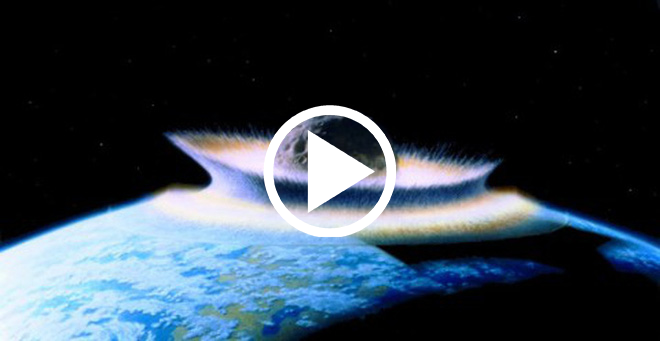After 66 million years of crashing into Earth and shattering, asteroid Chicxulub is still shaping the unique ecosystem inside the giant impact crater.
Research from Curtin University (Australia) shows that microorganisms living in rocks deep under the Chicxulub impact crater evolve differently from the rest of the world. These strange life forms are even more or less affected by the impact and the unique transformations that the disaster has created.
Chicxulub is the name of the “dinosaur-killing asteroid” that caused the Earth to become extinct 66 million years ago. The meteorite shattered but left a huge crater half on land, half underwater on the Mexican peninsula.
According to Phys.org, the researchers used genetic sequencing, cell counting and incubation tools to study Chicxulub’s monstrous microbial communities and found that they were born and evolved in an almost uninhabitable environment.
According to Associate Professor Marco Coolen, lead author of the study, the microorganisms found in fractured granite are poor in nutrients and relatively hot (70 degrees Celsius), despite being buried on the seabed.
It’s not the inherent microbial community here as the dinosaur-killer asteroid has completely “whitewashed” the impact crater. But a new wave of life has arisen, adapting to the terrible conditions brought about by the impact of the exoplanet to create a new world with creatures that differ greatly in form, mode of existence, and chemical evolution.


